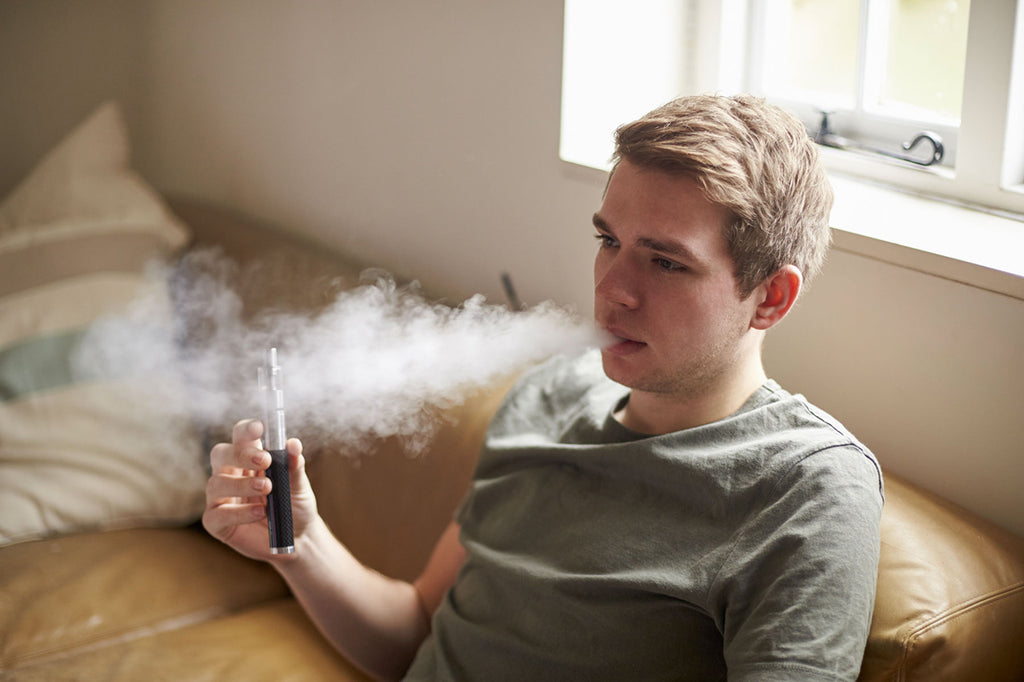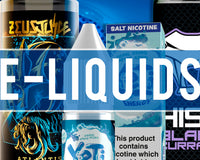Navigating the Vaping Landscape: Understanding Secondhand Vapor and Responsible Vaping
Introduction
As vaping continues to gain popularity as an alternative to traditional smoking, questions about its long-term effects and potential risks linger. One notable area of concern is the impact of second-hand vapor, prompting a closer examination of the current state of knowledge surrounding this issue. In this extended discussion, we delve into the intricacies of vaping, emphasizing the importance of responsible vaping practices and respect for those in our immediate surroundings.
The Evolution of Vaping
E-cigarettes, introduced just over a decade ago, have become a prevalent tool for smokers seeking a less harmful alternative. Unlike traditional cigarettes, e-cigarettes do not involve combustion, eliminating the production of harmful by-products such as carbon monoxide and tar. As users inhale and exhale vapor produced from heating e-liquid, questions arise about the potential risks of second-hand exposure.
Understanding Second-hand Vapour
Second-hand vapor, technically classified as an aerosol, is the vapour exhaled into the atmosphere by e-cigarette users. While similar to second-hand smoke in its ability to linger in the air, second-hand vapor does not share the same harmful characteristics. The absence of combustion in e-cigarettes means that the aerosol primarily consists of propylene glycol and glycerine, with minimal quantities of other substances.

A Closer Look at Aerosol Components
Propylene glycol and glycerine, the two glycols forming the base of e-liquids, are generally recognized as safe for ingestion. However, concerns arise regarding their inhalation and the potential effects on bystanders. Research, including studies by toxicologist Igor Burstyn, indicates that the exposure to toxic chemicals in second-hand vapor is so minimal that it poses no real threat to bystanders. It's important to note that the exhaled vapor contains significantly fewer toxicants than the inhaled vapor, as most are absorbed by the user's mouth, throat, and lungs.
Dispelling Myths about Nicotine Exposure
One common misconception revolves around thirdhand nicotine—the unabsorbed nicotine that settles on surfaces. Studies reveal that the majority of inhaled nicotine is retained by the user and not part of the exhaled vapor. Consequently, concerns about nicotine exposure through settled residue are largely unfounded, and the potential risk to bystanders remains extremely low.
Responsible Vaping Practices
While scientific evidence suggests that second-hand vapor poses minimal risks, responsible vaping extends beyond scientific considerations. Courtesy and respect for the preferences and concerns of others, particularly in shared spaces, are paramount. Individuals with respiratory conditions, such as asthma, may be sensitive to certain components in the vapor, emphasizing the need for considerate vaping practices.
Children, whose lung functions are still developing, warrant special attention. Though there are no specific studies measuring the impact of daily vape inhalation on young children, exercising caution around them is essential. Respect for the choices and well-being of those around us is a fundamental aspect of responsible vaping.
Conclusion
In navigating the vaping landscape, it is crucial to separate fact from fiction, science from speculation. While the long-term effects of vaping are not fully understood, current evidence suggests that vaping is likely a less harmful option than traditional smoking. Secondhand vapor, with its minimal risk profile, should not overshadow the importance of responsible vaping practices. By combining scientific knowledge with empathy and courtesy, vapers can contribute to a harmonious coexistence with those who may have reservations about this evolving technology. Responsible vaping is not only a personal choice but also a collective commitment to the well-being of our communities.




